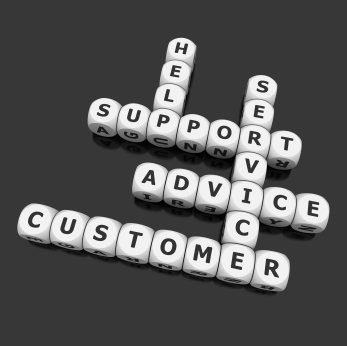Pintrification of America
If you haven’t been in a coma during the past six months, then you most definitely have heard of Pinterest. And, if you are marketer, you better have either (a) integrated Pinterest into your social marketing strategy or (b) had serious discussions about how you can integrate it.
 Will Pinterest continue to grow at its current pace or will it be the latest social media flavor of the month? Although I expect the former, who can really know? What is clear to me, however, is given the overwhelmingly positive response from women, Pinterest is providing something of real value, something that women adore (in the U.S., the majority of Pinterest users are women; however, in some other countries, Pinterest is skewing more toward men).
Will Pinterest continue to grow at its current pace or will it be the latest social media flavor of the month? Although I expect the former, who can really know? What is clear to me, however, is given the overwhelmingly positive response from women, Pinterest is providing something of real value, something that women adore (in the U.S., the majority of Pinterest users are women; however, in some other countries, Pinterest is skewing more toward men).
The fact is that women love browsing Pinterest. It’s inspiring, hopeful, positive, beautiful, helpful, encouraging, and pleasing. It’s not simply a means to an end for finding something – it’s an enjoyable journey. It’s the digital equivalent of a woman flipping through her favorite magazine while taking a relaxing, warm bath. If you haven’t spent much time on Pinterest, try searching for ‘chocolate cupcake’ on Google and then do the same thing on Pinterest. You’ll see what I’m talking about.
As marketers, we need to understand what it means for us. How does this ‘Pintrification of America’ impact our ability to build awareness, engage, and interact with our target consumers. How do we stay relevant and interesting in this pintrified world?
Yes, it’s easy to pin a photo of a product, but we need to be more intentional than that. We have to think in terms of what’s going to be “pinteresting” to our audience? What’s going to grab their attention? What are they going to think is ‘pinworthy’? What worked for your catalogs, publications, and website may not be “pinteresting” enough. A straight-on product shot will seem boring and bland. How-to’s and helpful tips don’t just need to be educational, they need to be visually interesting.
So, how has the rise of Pinterest impacted your marketing efforts? What are you doing to stay relevant and interesting (pinteresting) in this Pintrified world?

 By now, almost every marketer has read statistics similar to the following about the ubiquity of Facebook:
By now, almost every marketer has read statistics similar to the following about the ubiquity of Facebook:


 You’ll hear companies tout the number of Facebook fans, Twitter followers or email subscribers they have, but those numbers don’t mean much. Â Sure, everything else being equal, you would rather have more fans than fewer. Â What is really important, however, is how engaged those fans, followers, and subscribers are.
You’ll hear companies tout the number of Facebook fans, Twitter followers or email subscribers they have, but those numbers don’t mean much.  Sure, everything else being equal, you would rather have more fans than fewer.  What is really important, however, is how engaged those fans, followers, and subscribers are. Too often there is a discussion about which is the ‘best’ online marketing tactic or channel (e.g. Facebook vs. Twitter or social vs. email) as if we can only choose one. As marketers, we need to focus on having conversations with our consumers how they want and where they want. For some, that is still email and for others it might be Twitter, Facebook, or something entirely different. The more places we can be providing relevant content and useful information, the more successful we will be.
Too often there is a discussion about which is the ‘best’ online marketing tactic or channel (e.g. Facebook vs. Twitter or social vs. email) as if we can only choose one. As marketers, we need to focus on having conversations with our consumers how they want and where they want. For some, that is still email and for others it might be Twitter, Facebook, or something entirely different. The more places we can be providing relevant content and useful information, the more successful we will be.